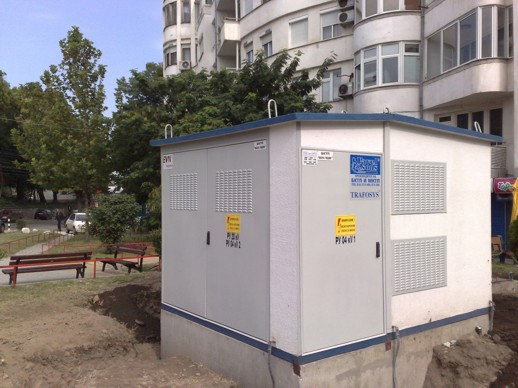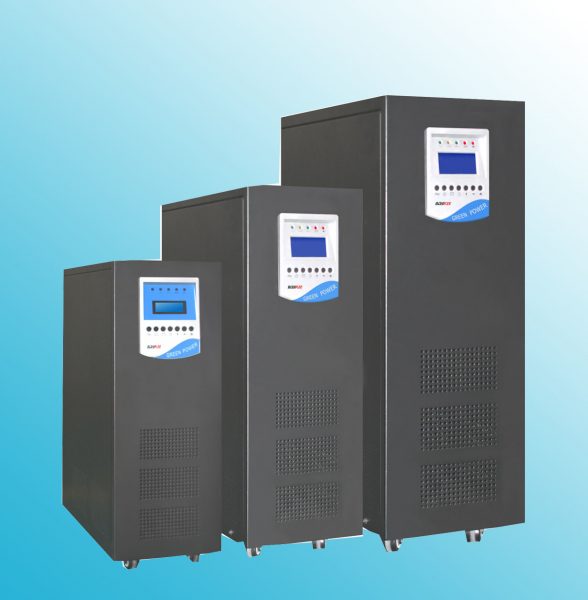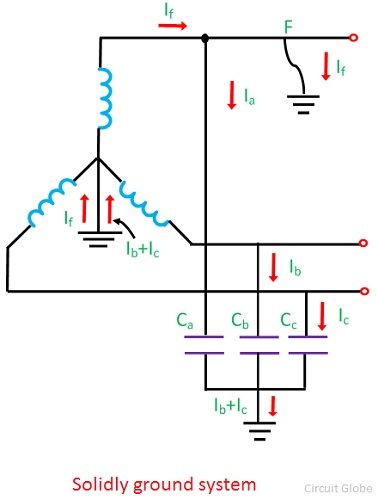Print this نوشته
solid grounding
مقدمه:
درسیستم ارتینگ نیروگاهی و دیزل ژنراتور که نیاز به یک سیستم ارت مطمئن و پایدار داریم مبحتی بنام سولاید گراندینگ مطرح میشود .
این سیستم بصورت چاه ارت عمقی و یا چاه ارت ماتریسی اجرا میگردد و مقاومت الکتریکی سیستم فوق بایستی پایین تر از ۲ اهم باشد.
در متن زیر توضیحات مفصل تری از این سیستم ارائه گردیده است.
General

A system is considered to be solidly grounded when its neutral is connected directly to a station ground or earth with no intentional impedance in that connection. Ground fault currents on solidly grounded systems are about equal to three-phase fault currents, and fuses or relays will operate satisfactorily. Where very high fault currents can occur, burning of the core iron may occur under short-circuit conditions.
Since motor circuits are very susceptible to ground faults, the impact of motor operation on system voltage is an important criterion for determining the method of grounding. Another important factor to consider is the method of ground relaying, if reduced ground fault current is desired.
Low-voltage systems (600 Volts and below) are usually solidly grounded (when grounded) because most low-voltage protective devices (circuit breakers and fuses) are phase-type devices, and require high currents to operate. New static devices do permit ground detection at much lower current values than phase trip devices. Low-voltage systems that use power circuit breakers can be relayed in a manner similar to high-voltage systems. Since low-voltage circuits are much more numerous, the increased cost of the additional equipment could be prohibitive, which is why phase-overcurrent clearing (fuse or circuit breaker) is usually employed when the system is solidly grounded.
A power system is said to be effectively grounded or solidly grounded when the neutral of a generator, power transformer or grounding transformer are directly connected to the ground through a conductor of negligible resistance and reactance. A part of a system or system is said to be solidly grounded when the positive-sequence impedance of the system is greater or equal to the zero sequence resistance, and positive sequence reactance is three times greater than or equal to the zero sequence reactance
Consider a system having three phases a, b and c shown in the figure above. If the single-ground-fault occur in phase a the voltage of the phase becomes zero. However, the remaining two phases b and c will still have the same voltages as before shown in the figure below. When the fault occurs in the system, in addition to the charging current the power source also feeds the fault current
For the solidly neutral grounded system, it is necessary that the ground fault current should not exceed 80% of the three-phase fault. It is usually used for keeping the fault current within safe limits
Related Terms
Neutral Grounding
Grounding Transformer
Resistance & Reactance Grounding
Peterson Coil Grounding
Difference Between Grounding and Earthing
دربارهی نویسنده
مديريت وبسايت بهروز عليخانی
بهروزعلیخانی مدیر عامل شرکت پیشرو الکتریک غرب-متولد سال1344 - فارغ التحصیل سال 1373 از دانشگاه صنعتی امیرکبیر(پلی تکنیک تهران) در رشته مهندسی برق-پایه یک طراحی و نظارت سازمان نظام مهندسی
Permanent link to this article: http://peg-co.com/home/solid-grounding/

































